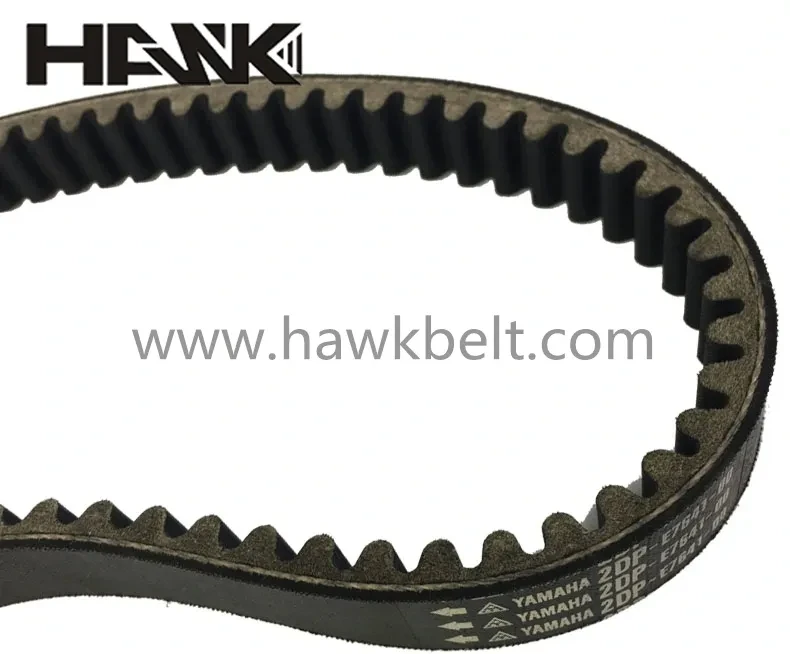- Arabic
- French
- Russian
- Spanish
- Portuguese
- Turkish
- Armenian
- English
- Albanian
- Amharic
- Azerbaijani
- Basque
- Belarusian
- Bengali
- Bosnian
- Bulgarian
- Catalan
- Cebuano
- Corsican
- Croatian
- Czech
- Danish
- Dutch
- Afrikaans
- Esperanto
- Estonian
- Finnish
- Frisian
- Galician
- Georgian
- German
- Greek
- Gujarati
- Haitian Creole
- hausa
- hawaiian
- Hebrew
- Hindi
- Miao
- Hungarian
- Icelandic
- igbo
- Indonesian
- irish
- Italian
- Japanese
- Javanese
- Kannada
- kazakh
- Khmer
- Rwandese
- Korean
- Kurdish
- Kyrgyz
- Lao
- Latin
- Latvian
- Lithuanian
- Luxembourgish
- Macedonian
- Malgashi
- Malay
- Malayalam
- Maltese
- Maori
- Marathi
- Mongolian
- Myanmar
- Nepali
- Norwegian
- Norwegian
- Occitan
- Pashto
- Persian
- Polish
- Punjabi
- Romanian
- Samoan
- Scottish Gaelic
- Serbian
- Sesotho
- Shona
- Sindhi
- Sinhala
- Slovak
- Slovenian
- Somali
- Sundanese
- Swahili
- Swedish
- Tagalog
- Tajik
- Tamil
- Tatar
- Telugu
- Thai
- Turkmen
- Ukrainian
- Urdu
- Uighur
- Uzbek
- Vietnamese
- Welsh
- Bantu
- Yiddish
- Yoruba
- Zulu
nov. . 03, 2024 09:06 Back to list
lathe drive belts
The Importance of Lathe Drive Belts in Precision Machining
Lathe drive belts are vital components in the functioning of lathes, which are essential machines used in various industries for shaping and cutting materials like metal, wood, and plastic. The design and performance of these belts significantly impact a lathe's efficiency, precision, and longevity, making them a critical consideration for machinists and manufacturers alike.
Understanding Lathe Drive Belts
Lathe drive belts are used to transfer power from the motor to the spindle of the lathe, allowing the workpiece to be rotated and shaped. These belts are typically made from high-quality materials such as rubber, polyurethane, or a combination of synthetic materials that provide flexibility, strength, and resistance to wear and tear. The choice of material influences crucial characteristics such as grip, durability, and thermal stability, which all affect the performance of the lathe.
Types of Lathe Drive Belts
There are several different types of lathe drive belts available, each designed for specific applications and machine types. The most common types include flat belts, V-belts, and timing belts. Flat belts are often used in older lathe models and provide a simple, effective means of transferring power. V-belts, on the other hand, feature a trapezoidal cross-section that allows for better grip and less slippage, making them ideal for applications that require high torque. Timing belts, characterized by their toothed design, are used in CNC lathes for precise control over the spindle's position and speed.
lathe drive belts

Maintenance and Lifespan
Maintaining lathe drive belts is crucial for ensuring optimal performance and avoiding costly downtime. Regular inspection for signs of wear, such as cracks, fraying, or glazing, is essential. Lubrication can also enhance performance, but care must be taken as certain lubricants can degrade the belt material. Replacing worn or damaged belts proactively can prevent more extensive damage to the lathe and ensure consistent machining quality.
Choosing the Right Belt
Selecting the right drive belt involves considering factors such as the specific lathe model, the type of materials being machined, and the workload. It is essential to refer to the manufacturer's specifications to choose a belt that will fit seamlessly and operate efficiently. Choosing high-quality belts from reputable suppliers can also ensure greater durability and performance, reducing the likelihood of breakdowns.
Conclusion
In conclusion, lathe drive belts play an indispensable role in the realm of precision machining. By understanding the types of belts available, their maintenance requirements, and the importance of selecting the right one, machinists can enhance the efficiency, accuracy, and durability of their lathes. As technology continues to advance, keeping abreast of innovations in drive belt materials and designs will help businesses stay at the forefront of machining excellence.
-
Korean Auto Parts Timing Belt 24312-37500 For Hyundai/Kia
NewsMar.07,2025
-
7PK2300 90916-T2024 RIBBED BELT POLY V BELT PK BELT
NewsMar.07,2025
-
Chinese Auto Belt Factory 310-2M-22 For BMW/Mercedes-Benz
NewsMar.07,2025
-
Chinese Auto Belt Factory 310-2M-22 For BMW/Mercedes-Benz
NewsMar.07,2025
-
90916-02660 PK Belt 6PK1680 For Toyota
NewsMar.07,2025
-
drive belt serpentine belt
NewsMar.07,2025

